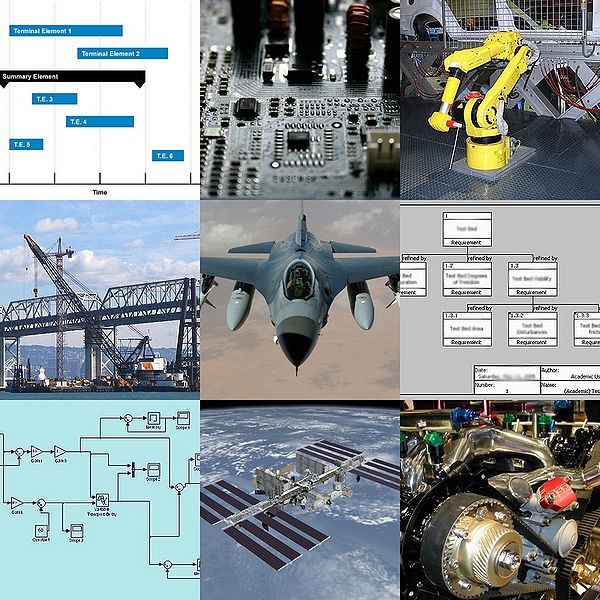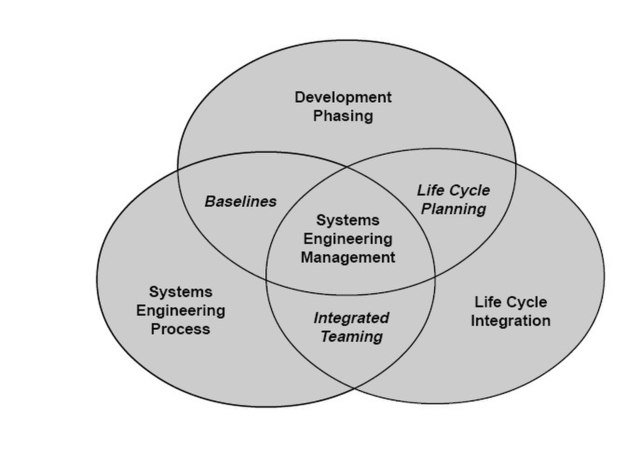Systems development life cycle
In systems engineering, information systems and software engineering, the systems development life cycle (SDLC), also referred to as the application development life cycle, is a process for planning, creating, testing, and deploying an information system. The SDLC concept applies to a range of hardware and software configurations, as a system can be composed of hardware only, software only, or a combination of both. There are usually six stages in this cycle: requirement analysis, design, development and testing, implementation, documentation, and evaluation.
SDLC phases related to management controls
Work breakdown structure
Systems engineering is an interdisciplinary field of engineering and engineering management that focuses on how to design, integrate, and manage complex systems over their life cycles. At its core, systems engineering utilizes systems thinking principles to organize this body of knowledge. The individual outcome of such efforts, an engineered system, can be defined as a combination of components that work in synergy to collectively perform a useful function.
Systems engineering techniques are used in complex projects: printed-circuit-board design, robotics, bridge building, software integration, and spacecraft design. Systems engineering uses a host of tools that include modeling and simulation, requirements analysis, and scheduling to manage complexity.
The International Space Station is an example of a very complex system requiring systems engineering.
The scope of systems engineering activities
Image: Systems Engineering Process






